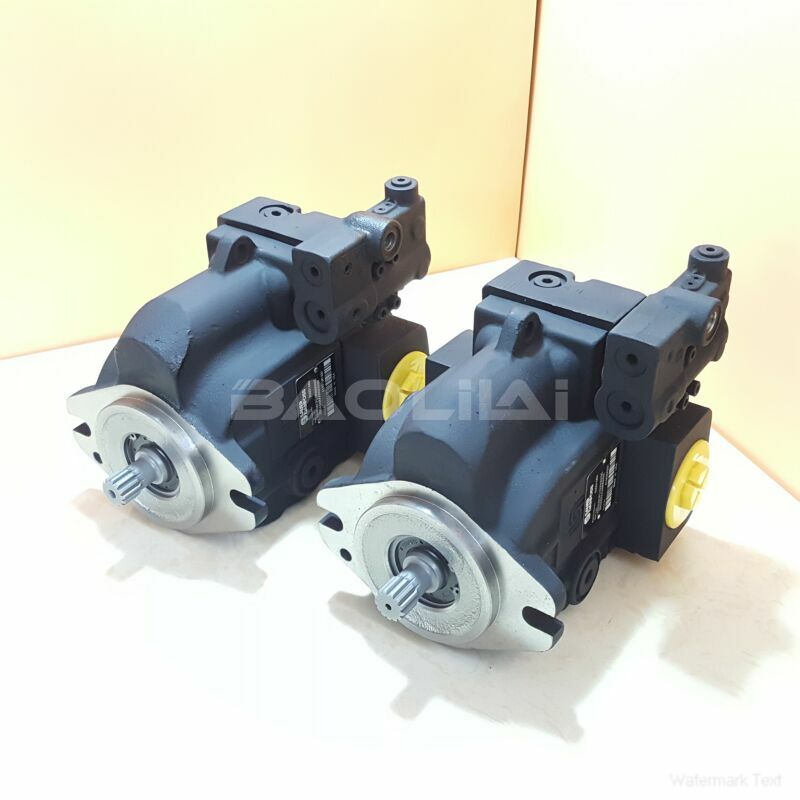LRL025CPC10NNNNN3T1NFA6NAAANNNNNN danfoss pump
LRL025CPC10NNNNN3T1NFA6NAAANNNNNN danfoss pump

- Product Details
- Applicable Scene
In the realm of modern engineering, high-pressure pumps play an indispensable role in the design and operation of efficient hydraulic systems. These pumps are crucial for a variety of applications, ranging from industrial machinery to aerospace systems, where reliability and performance are paramount. This article explores the significance of high-pressure pumps, their types, operational principles, and considerations for effective hydraulic system design.
LR-L-025C-PC-10-NN-NN-N-3-T1NF-A6N-AAA-NNN-NNN
LRL025CPC10NNNNN3T1NFA6NAAANNNNNN
High-pressure pumps are designed to generate fluid flow at elevated pressures, typically above 3,000 psi. They serve to move hydraulic fluids through a system, facilitating the transfer of energy to drive various actuators, such as cylinders and motors. The ability to maintain consistent pressure and flow is essential for ensuring the smooth operation of hydraulic components, which directly impacts overall system efficiency.

83023509
There are several types of high-pressure pumps commonly used in hydraulic systems, including gear pumps, piston pumps, and diaphragm pumps. Gear pumps are known for their simplicity and durability, making them suitable for applications requiring a constant flow rate. Piston pumps, on the other hand, can achieve higher pressures and are often used in applications where precise control of fluid delivery is needed. Diaphragm pumps are ideal for handling corrosive fluids and provide excellent sealing capabilities, thus reducing the risk of leaks.
The operational principles of high-pressure pumps vary depending on their design. Gear pumps work by the meshing of gears to create a vacuum that draws fluid in, subsequently displacing it to the outlet as the gears rotate. Piston pumps utilize reciprocating pistons to create pressure by compressing fluid within cylinders. This mechanism allows piston pumps to generate significantly higher pressures compared to gear pumps. Diaphragm pumps employ a flexible diaphragm that moves back and forth, creating a volumetric change that draws fluid into the chamber and subsequently expels it.





